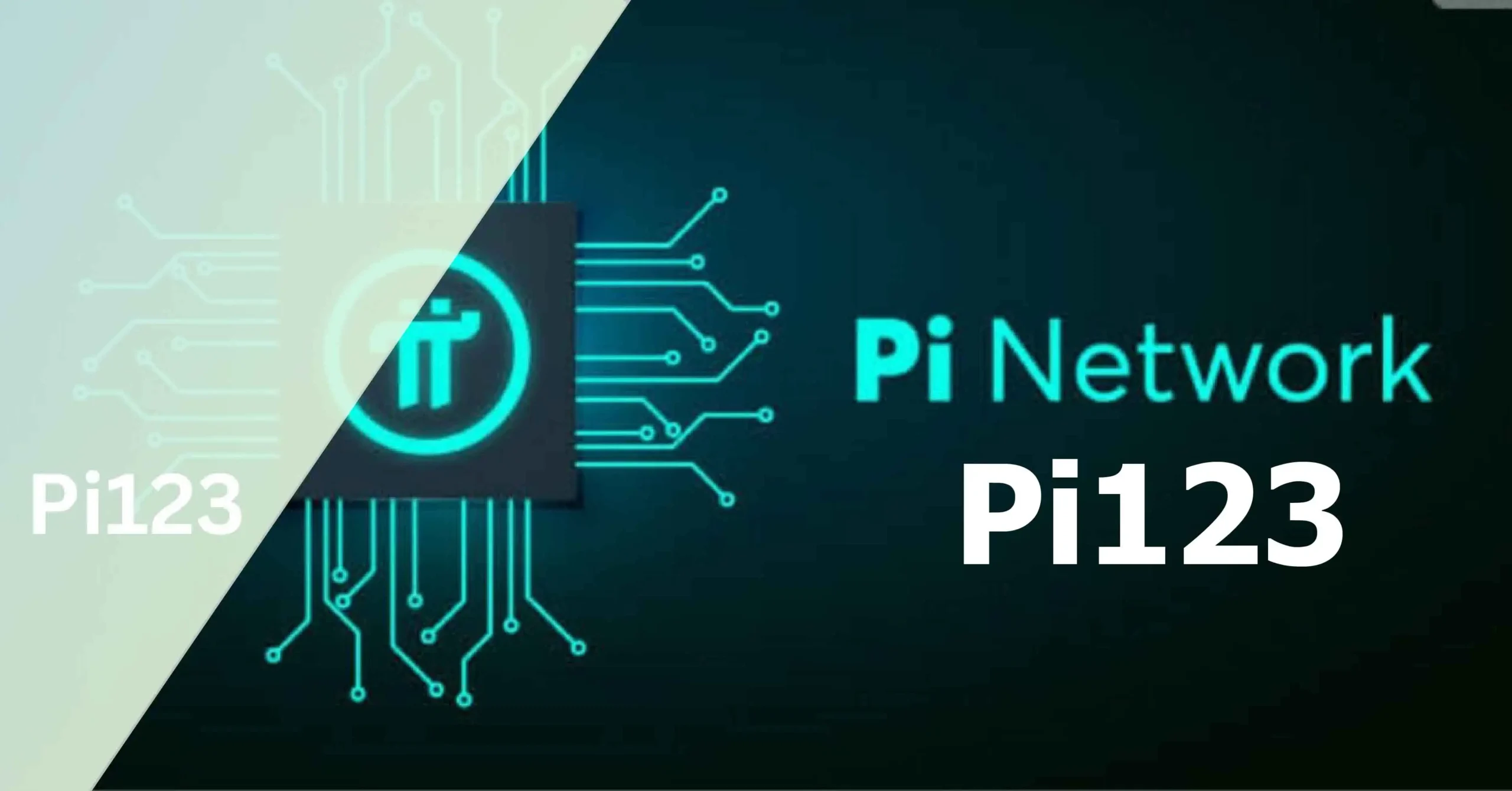Pi, often represented as π, has been an iconic symbol of mathematics for centuries, representing the ratio of a circle’s circumference to its diameter. However, what about pi123, a modern twist in the world of mathematical constants? pi123 has captured interest among mathematicians, computer scientists, and enthusiasts alike, offering new insights and applications in fields from geometry to digital technology.
pi123: What Is It, and How Did It Come About?
Gaming News ETrueSport: The Pulse of Competitive E-Sportspi123, although inspired by the renowned pi, is not simply a series of numbers or a repetition of digits. It signifies a unique take on pi, combining mathematical and computational principles. pi123 could be seen as a specialized algorithmic approach to understanding and calculating pi, especially in applications that require high precision and complex computational processes. This concept also brings pi closer to emerging technologies such as data science, machine learning, and cryptography, where mathematical accuracy is paramount.
Why pi123 Matters in Today’s Mathematical Landscape
Unlike the ancient pi, pi123 is specifically designed to support modern computational needs. While pi remains integral for basic mathematical calculations, pi123 shines in scenarios where traditional pi might be insufficient due to limitations in precision or computational efficiency. For instance, pi123 helps address concerns in high-frequency trading algorithms, digital encryption, and advanced physics simulations, where the margin for error is nearly non-existent.
pi123 in High-Precision Calculations
High-precision calculations are essential in fields like physics and engineering, where the smallest errors can cause significant discrepancies. pi123 is meticulously structured to support calculations requiring more decimal places than the traditional pi can reliably provide. This enhanced precision allows scientists and engineers to push the boundaries of research and innovation, leading to more accurate models and simulations.
The Role of pi123 in Computer Science
In computer science, pi123 contributes to areas like cryptography and algorithms that require extensive decimal sequences. Traditional pi calculations, though accurate, can be computationally demanding. pi123 is optimized to reduce the processing power required to achieve extreme accuracy, making it valuable for large-scale computations and secure cryptographic algorithms. The efficiency of pi123 in this context enables more sustainable and faster computations, which is increasingly important in our data-driven world.
Comparing pi123 to the Traditional Pi
Understanding the difference between pi123 and traditional pi lies in the level of complexity each represents. While pi is theoretically infinite and remains one of the most mysterious constants, pi123 offers a computationally practical version that enables precise calculations in real-world applications. Unlike pi, which is often approximated as 3.14159 in basic calculations, pi123 extends far beyond these limitations, tailored for complex algorithms and more advanced applications.
How pi123 Benefits Data Science
In data science, pi123 finds use in algorithms that depend on statistical analyses, machine learning, and predictive modeling. Accuracy in these fields can significantly affect outcomes, particularly in predictive analytics where small changes in initial data can alter results. By implementing pi123, data scientists can ensure that their models are built on a strong mathematical foundation, boosting the reliability of the outcomes in applications such as climate modeling, healthcare predictions, and financial forecasts.
Applications of pi123 in Engineering and Physics
For engineers, particularly those working in fields such as aeronautics and mechanical engineering, pi123 enhances the accuracy of measurements and structural calculations. Physics also benefits greatly from pi123, as it enables researchers to model and predict behaviors on both a macro and quantum scale. The extra decimal places provided by pi123 can ensure enhanced fidelity in simulations of particle physics or celestial movements, areas where traditional pi might fall short.
The Algorithm Behind pi123: A Closer Look
pi123 is underpinned by algorithms that enhance computational efficiency. In essence, these algorithms are optimized for faster convergence, meaning they can reach high levels of precision with fewer computational steps. This optimization makes pi123 particularly effective for digital computations, including simulations that require billions of iterations. At its core, the pi123 algorithm is about achieving higher accuracy with less resource consumption, which is a huge advantage in today’s world of massive data processing.
The Relationship Between pi123 and Machine Learning
Machine learning relies on mathematical constants to train and optimize algorithms. pi123 enables algorithms to operate at peak efficiency, especially in deep learning, where accuracy can make or break model performance. By using pi123 in these applications, developers can create more robust models with enhanced precision, benefiting applications like facial recognition, autonomous vehicles, and complex predictive analytics.
Can pi123 Revolutionize Cryptography?
In the field of cryptography, where security and accuracy are non-negotiable, pi123 has the potential to introduce groundbreaking changes. Traditional pi-based algorithms, while secure, may become predictable as computational power increases. However, pi123 introduces a new layer of unpredictability and complexity, enhancing security measures in encryption protocols. As such, pi123 could be the foundation of next-generation encryption, offering an additional layer of protection against hacking and cyber threats.
The Future of pi123 in Quantum Computing
Quantum computing, still in its infancy, demands unprecedented precision in computations, especially as it aims to solve problems beyond the capability of classical computers. pi123 has the potential to serve as a core constant in quantum algorithms, providing the required precision to perform quantum-level calculations. By integrating pi123 into quantum computing, we may be able to unlock new possibilities in fields like artificial intelligence, materials science, and drug discovery.
Implementing pi123 in Real-World Applications
The true test of pi123 lies in its practical applications across industries. From advancing climate modeling to powering high-tech medical devices, pi123’s versatility allows it to be integrated into various technological innovations. This adaptability makes pi123 more than just a number—it becomes an essential component in tackling some of today’s most complex scientific and technological challenges.
FAQs
What is pi123?
pi123 is an advanced mathematical constant that provides higher precision and computational efficiency than traditional pi, designed for use in complex algorithms and high-precision applications.
How does pi123 differ from traditional pi?
pi123 is structured to offer more decimal places and computational efficiency, making it suitable for high-precision calculations in fields like cryptography, engineering, and data science.
Why is pi123 important for modern technology?
pi123 supports modern applications that require extreme accuracy, such as machine learning, cryptography, and quantum computing, where even slight inaccuracies could lead to significant consequences.
Where is pi123 most commonly used?
pi123 is particularly valuable in fields that rely on precision, such as computer science, data science, engineering, physics, and even finance, where accurate predictions are essential.
Is pi123 used in quantum computing?
Yes, pi123 has potential applications in quantum computing due to its high precision, which is necessary for the complex calculations required by quantum algorithms.
How can pi123 improve cryptographic security?
pi123 introduces an additional layer of complexity, which enhances encryption protocols and makes it harder for hackers to predict or break cryptographic codes.
Conclusion
pi123 represents a significant advancement in mathematical constants, offering precision and efficiency that traditional pi cannot achieve. With applications spanning from high-tech engineering to future-oriented fields like quantum computing, pi123 is more than a number—it’s a gateway to new technological possibilities. As pi123 continues to develop, its contributions to fields requiring absolute accuracy will undoubtedly expand, establishing it as an indispensable tool in the modern mathematical landscape.











